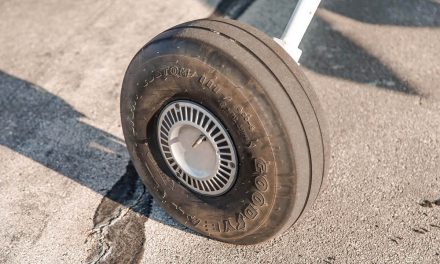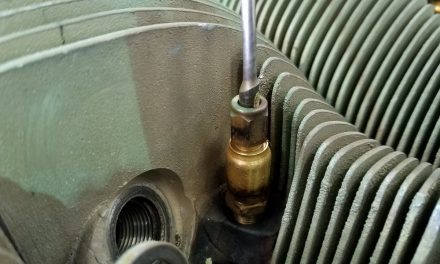People often say the best thing for the health of your Cessna engine is to ‘fly often.’ A&P/IA Paul New explains what ‘often’ means, and why it’s important
2-Minute Excerpt from the 4+ Hour Paul New Webinar. Learn more here.
When Paul New, the noted A&P/IA who runs Tennessee Aircraft Services, says you can lose money if you don’t fly, he’s serious. In his 4-plus-hour online seminar on May 7, New said he literally believes it costs more in the long run to not fly than it does if you added up the costs of flying every week.
So what does “fly frequently” actually mean? And what does that mean to your engine?
COO author and seminar co-host Scott Sellers asked that question during the lubrication portion of the event in which New was describing what type of oil you should and should not use. New did not mince words — fly frequently means once/week, and it means reaching 180 degrees F.
“A lot of folks say ‘I’m going to go pull the prop through and stir up the oil,” New said. “Well, you’re not really accomplishing anything; as a matter of fact, you’re doing damage. Your camshaft, in a Lycoming engine, is pretty much the last thing that gets oil because it requires the oil sling off the crankshaft to get to it. Same thing with the Continental, except with the Continental’s is below the crankshaft, so the oil lands on the camshaft.
“There is a little residual oil on the crankshaft. If you the engine, you just scraped it all off, so now you’ve got dry metal-to-metal the next time you start the engine.”
That means “fly frequently” equals getting up into the air, and staying there for a while.
“If we’re going to turn the propeller, we’re going to start the engine. And if we’re going to start the engine, we’re going to fly the airplane. And if we’re going to fly the airplane, we’re going to fly for 30 to 45 minutes.”
What happens in the engine during that time?
“We’re going to get the entire engine fully up to temperature,” New said. “All of the oil in the nooks and crannies that is cold, we’re going to get all of that warmed up.”
To what temperature, Sellers asked? New said 180 degrees F minimum; 200 degrees F is even better. He called 180 a “magic number” because it’s at that temperature (where the temperature probe is) that the engine oil is likely 212 degrees F, which is the temperature for vaporizing water.
“The water that’s in the oil attaches to the acid molecules; they like each other a lot,” New said. “So you wind up with this fog inside the engine, and there is pressure inside the engine, and all of that nasty stuff can now go out the vent tube and onto the belly.”
You can clean it from there. But you can’t if it stays in the engine in the first place.
Save your engine and more with tips including how to save $1,000 by doing something easy and free that you need to do today.
2-Minute Excerpt from the 4+ Hour Paul New Webinar. Learn more here.





